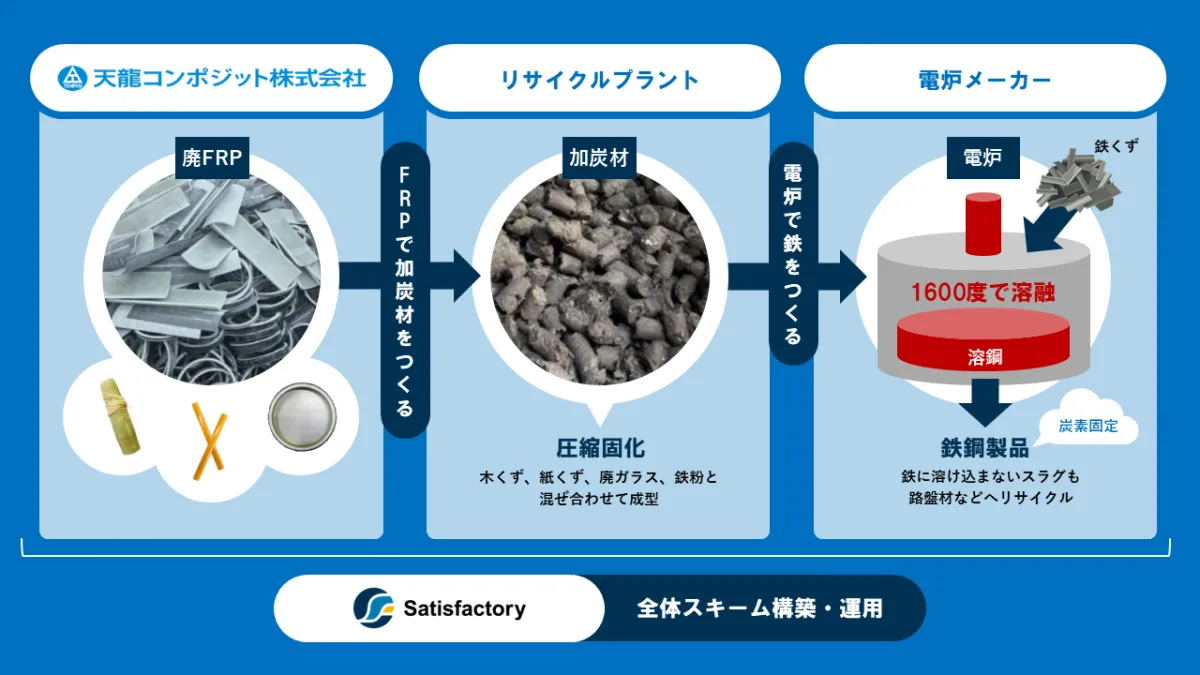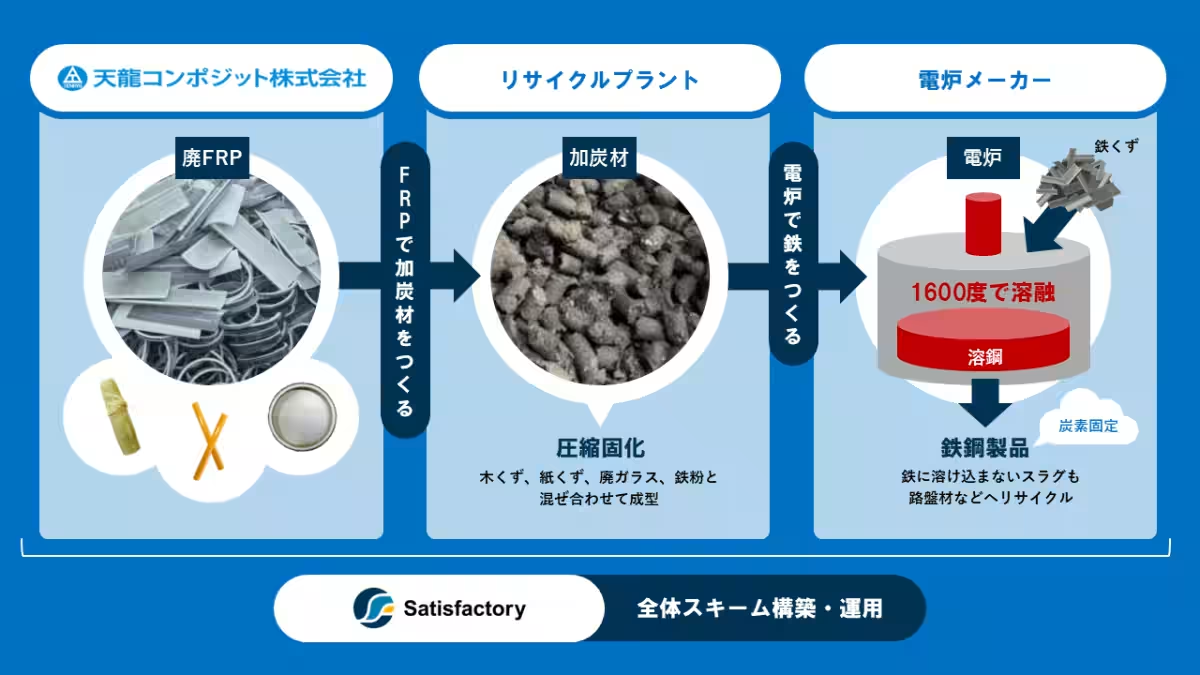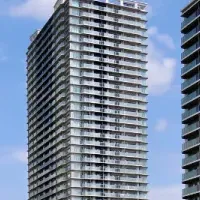

Transforming Waste: Tenryu Composite's Innovative Approach to FRP Recycling
A Groundbreaking Approach to FRP Waste Management
Tenryu Composite, a leading manufacturer of FRP (Fiber-Reinforced Plastic) products based in Gifu Prefecture, has achieved a significant milestone in recycling difficult-to-process manufacturing waste using the electric furnace Carbon Capture and Storage (CCS) method. Within just four months of launching operations in February 2025, the company has successfully processed over one ton of FRP waste materials, setting a new standard for sustainability in the composite materials industry.
Tackling Environmental Challenges in the FRP Sector
FRP is known for its lightweight properties, high strength, and corrosion resistance, making it an attractive alternative to metals. However, the use of thermosetting resins complicates the recycling process, rendering many of these materials unsuitable for traditional recycling methods. Consequently, a significant amount of FRP waste ends up in landfills, which has raised concerns about landfill capacity, disposal costs, and environmental impact. Consequently, there is an urgent need for initiatives aimed at reusing FRP waste.
Innovative Resource Recycling Scheme
To pave the way for a sustainable circular economy, Tenryu Composite adopted the innovative CCS method for chemical recycling. This approach evaluates FRP manufacturing scraps as carbon-fixing materials, allowing them to be repurposed in the steelmaking process. The byproduct, carbons, replaces traditional petroleum-based coke in electric furnaces, minimizing waste output and contributing to CO₂ emission reduction.
Process Overview
1. Crushing and Compressing: FRP waste is ground and mixed with iron powder for processing.
2. Carbonization: The material is repurposed into carbons used in steelmaking.
3. Supply to Electric Furnaces: The processed material is supplied to electric furnace manufacturers.
4. Melting and Steel Production: The material is melted together with iron scraps in electric furnaces.
This efficient processing flow results in a closed-loop system that not only diverts waste from landfills but also reduces environmental footprints in the metallurgical industry.
Measuring Success: Over One Ton Recycled in Four Months
Since the project began, Tenryu Composite has diverted more than one ton of FWPs and various types of FRP pipe manufacturing scraps from waste disposal into valuable recycled resources, building a system that does not rely on landfilling. Previously, such materials would have contributed to the growing challenges of landfill limitations and environmental degradation.
Voices from the Team
A representative from the manufacturing department at Tenryu Composite expressed, “We used to think of FRP industrial waste as something that could only be sent to landfills, but this initiative has opened new pathways for recycling. We strive to adopt more sustainable practices moving forward.”
Future Outlook: Spreading the Word through Exhibitions
Tenryu Composite is committed to promoting recycling initiatives for industrial waste such as effluents and solvents. Going forward, the company plans to further adopt recycling technologies while encouraging a broader implementation of circular schemes across the FRP sector.
Moreover, Tenryu Composite is set to participate in the “70th FRP CON-EX2025” exhibition hosted by the Japan Reinforced Plastics Association in October 2025, showcasing its environmental initiatives, including the innovative CCS recycling scheme, in collaboration with Satisfactory Co., Ltd.
Company Information
Tenryu Composite Co., Ltd.
Location: Nakagawabe 1430-1, Kamo-gun, Gifu Prefecture
CEO: Yoshitaka Goto
Business: Manufacturing and sales of composite materials like FRP
Satisfactory Co., Ltd.
Location: 6F HF Hacchobori Bldg, 3-12-8 Hacchobori, Chuo-ku, Tokyo
CEO: Takeshi Komatsu
Business: Waste management, environmental consulting, and recycling product development.



Topics Environment)










【About Using Articles】
You can freely use the title and article content by linking to the page where the article is posted.
※ Images cannot be used.
【About Links】
Links are free to use.